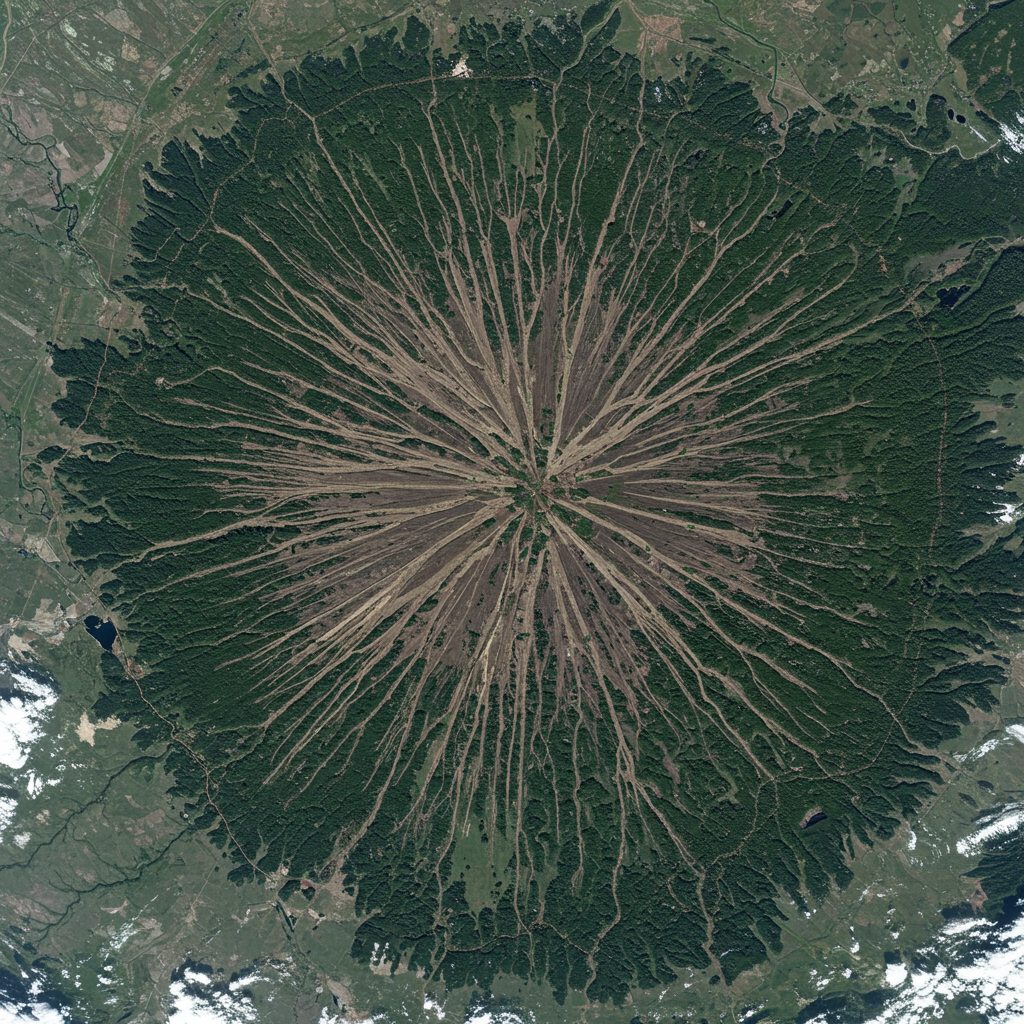Unveiling a Distant World: The ‘Second Jupiter’ Exoplanet GJ 504 b
Astronomers have captured a remarkable direct image of exoplanet GJ 504 b, a colossal world often nicknamed the “second Jupiter.” Located approximately 60 light-years away in the constellation Virgo, this distant planet offers valuable insights into the diversity of planetary systems beyond our own.
Exoplanets – worlds orbiting stars other than our Sun – are a major focus of modern astronomical research. Their study helps scientists piece together the complex puzzle of cosmic formation and fuels the ongoing search for potentially habitable environments in the universe. GJ 504 b stands out not only for being directly imaged but also for its characteristics.
A Giant Among Planets
Experts estimate that GJ 504 b is significantly more massive than Jupiter, our solar system’s largest planet, weighing in at between three and six times Jupiter’s mass. This sheer scale is why it has earned the moniker “second Jupiter” among some astronomers.
The exoplanet orbits its host star, GJ 504, at a considerable distance. While the star itself is 60 light-years from Earth, GJ 504 b orbits its star at a separation of about 44 astronomical units (au). To put that in perspective, one astronomical unit is the average distance between the Earth and the Sun. GJ 504 b’s orbit is roughly comparable to the distance between the Sun and Pluto in our own solar system, placing it much further out than Jupiter is from the Sun (which orbits at around 5.2 au).
Capturing the Faint Light: A Direct Imaging Feat
Capturing a direct image of an exoplanet is a significant technical challenge. Exoplanets are typically faint compared to the overwhelming glare of their host stars, making them extremely difficult to see directly. Imagine trying to photograph a firefly next to a lighthouse from miles away!
The breakthrough image of GJ 504 b was achieved by scientists participating in the Strategic Explorations of Exoplanets and Disks with Subaru (SEEDS) project. They utilized the advanced capabilities of the Subaru Telescope’s High Contrast Instrument for the Subaru Next Generation Adaptive Optics (HiCIAO). This instrument employs a special coronagraph imager, a sophisticated tool designed to block out the bright light from the central star, allowing the fainter light from the orbiting planet to be detected and photographed. The resulting image shows the star GJ 504 as a large dark circle (where its light has been blocked) and the exoplanet GJ 504 b as a distinct bright dot located far from the star’s core.
Direct imaging is a crucial technique because it allows astronomers to analyze the exoplanet’s light directly, providing valuable data for classification and characterization.
Secrets Revealed: Temperature and Atmosphere
Analysis of the light captured from GJ 504 b has provided intriguing details about this distant world. Researchers determined its temperature to be approximately 500 Kelvin (equivalent to about 230 degrees Celsius or 440 degrees Fahrenheit). While hot by human standards, this temperature is considered remarkably low for a gas giant planet of this type.
Furthermore, data from the SEEDS project suggests that GJ 504 b’s atmosphere contains fewer clouds compared to other exoplanets that have been observed and studied using similar methods. These details help astronomers build a clearer picture of the conditions on this massive, cool world.
Placing GJ 504 b in the Cosmic Context
The discovery and direct imaging of GJ 504 b contribute to our growing understanding of the incredible diversity of planetary systems across the galaxy. It joins a growing list of confirmed and candidate exoplanets, including other potential “super-Jupiters” or massive gas giants orbiting various stars, each offering unique data points. Research efforts like the SEEDS project continue to push the boundaries of what we can observe.
Located in the constellation Virgo, GJ 504 b resides in a region of space that is currently under intense scrutiny by next-generation observatories. For instance, the new Vera C. Rubin Observatory, known for its vast sky-mapping capabilities and exploration of cosmic dynamics in areas like the Virgo cluster, exemplifies the powerful tools now being employed to study the universe around us, revealing countless galaxies and celestial objects.
Discoveries like GJ 504 b, made possible by advanced telescopes and innovative techniques, underscore the vast scale and complexity of the cosmos. They inspire continued exploration, reminding us that each faint dot of light in the deep sky could be another world waiting to reveal its secrets.




